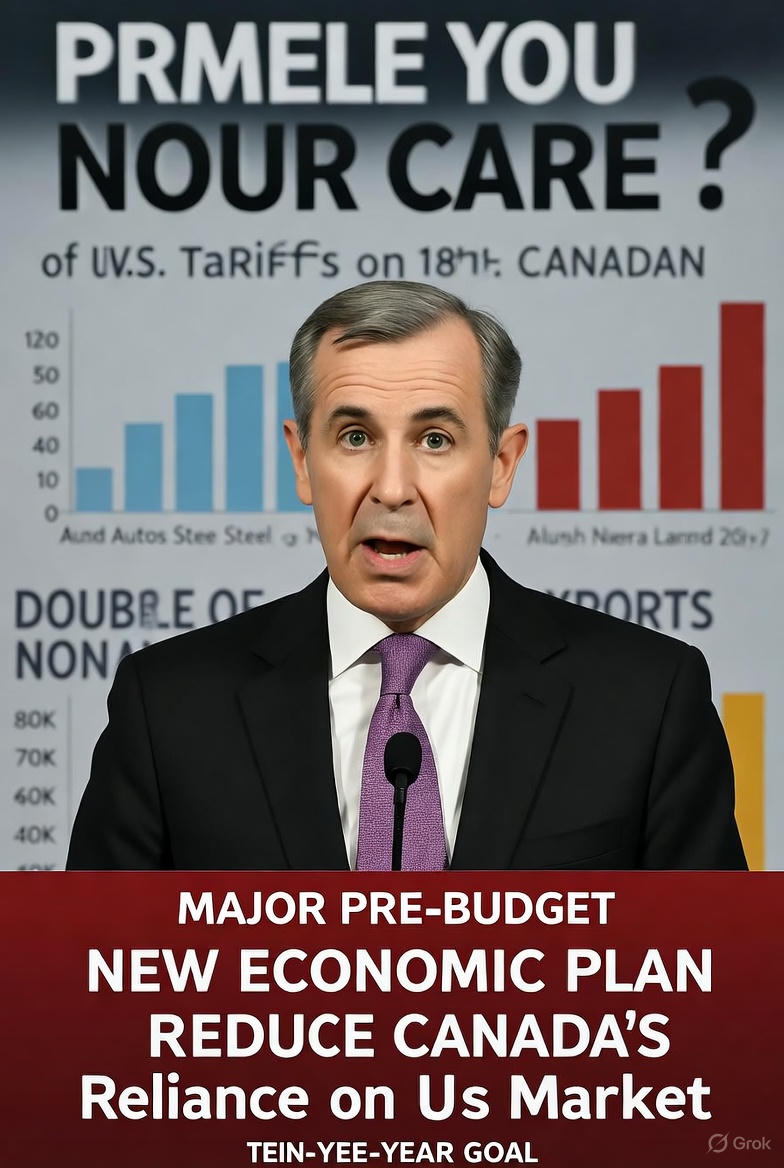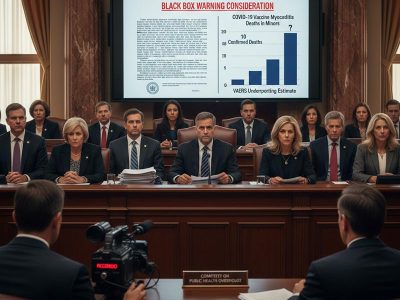Payam Javan: Canadian Prime Minister Mark Carney delivered a major pre-budget address this week, laying out an aggressive new economic plan focused on drastically reducing Canada’s reliance on the United States market. The Prime Minister set a ten-year goal to double non-U.S. exports, a clear and decisive pivot driven by the enduring threat of American tariffs and what he described as a “pall of uncertainty” hanging over Canadian investment. This is a significant moment that signals the end of the long-standing, decades-long process of ever-closer economic integration between the two North American allies, a relationship the Prime Minister now openly characterizes as a vulnerability.
The shift in rhetoric directly addresses the profound impact of U.S. trade policy, particularly the tariffs imposed on key Canadian sectors like autos, steel, aluminum, and lumber. These punitive measures, which the Prime Minister noted have raised U.S. tariffs to levels not seen since the Great Depression, are putting Canadian manufacturing jobs under direct threat and forcing businesses to hold back essential investment. As a consequence, Canada is now actively re-engaging with global economic giants like India and China, seeking to diversify its trade portfolio away from its dominant partner, which currently receives over 75% of Canadian exports.
From a conservative viewpoint, while the recognition of a need for economic resilience is welcome, this move to diversify is a painful reminder of the instability caused by unpredictable trade wars. Canada’s strategic strengths—as an energy superpower and a critical supplier of minerals to the Pentagon—are being leveraged to mitigate the economic damage inflicted by the very nation that relies on them. The message is clear: Canada must prioritize self-reliance and secure its own future, rather than depend on a foreign partner whose policy shifts are politically driven and economically disruptive.
The economic plan, which precedes the November 4th Budget, emphasizes generational investments in nation-building infrastructure, defense capabilities, and resource development, all fueled by private capital. Critically, the plan includes significant investments in clean-energy initiatives, such as a $2 billion commitment through the Canada Growth Fund for the construction of Small Modular Reactors (SMRs). This focus on energy security and domestic infrastructure is a prudent strategy to enhance productivity and competitiveness, which is essential given Canada’s existing challenges with sluggish growth and mounting fiscal pressures.
Prime Minister Carney’s frank acknowledgment that this economic transformation will require “sacrifices and some time” underscores the severity of the challenge. The government is attempting to navigate a high-wire act: accelerating key projects through a new Major Projects Office, while simultaneously managing a projected federal deficit that could be the largest in three decades outside of major crises. For Canada’s long-term prosperity and sovereignty, decoupling from a disproportionately influential partner is arguably necessary, but the coming budget will reveal the true fiscal cost of this ambitious and potentially painful pivot.









